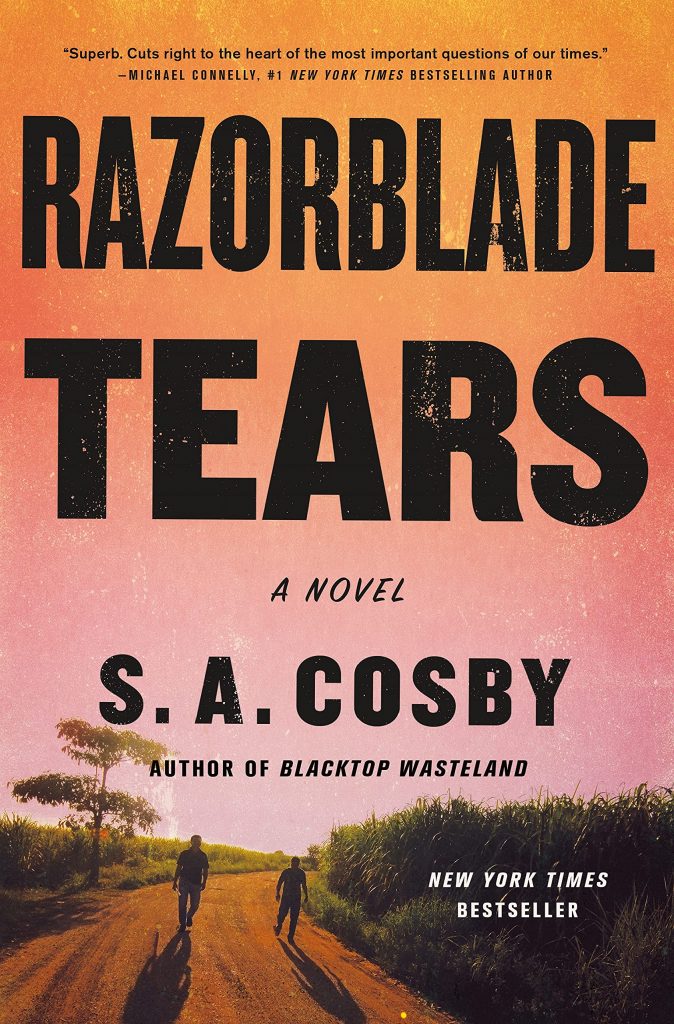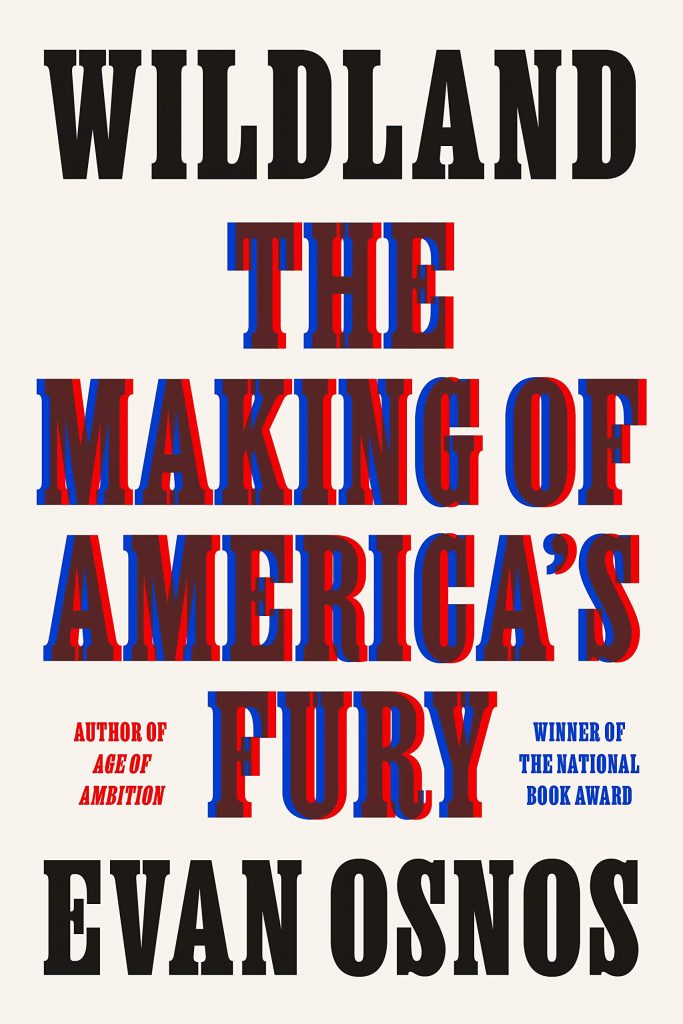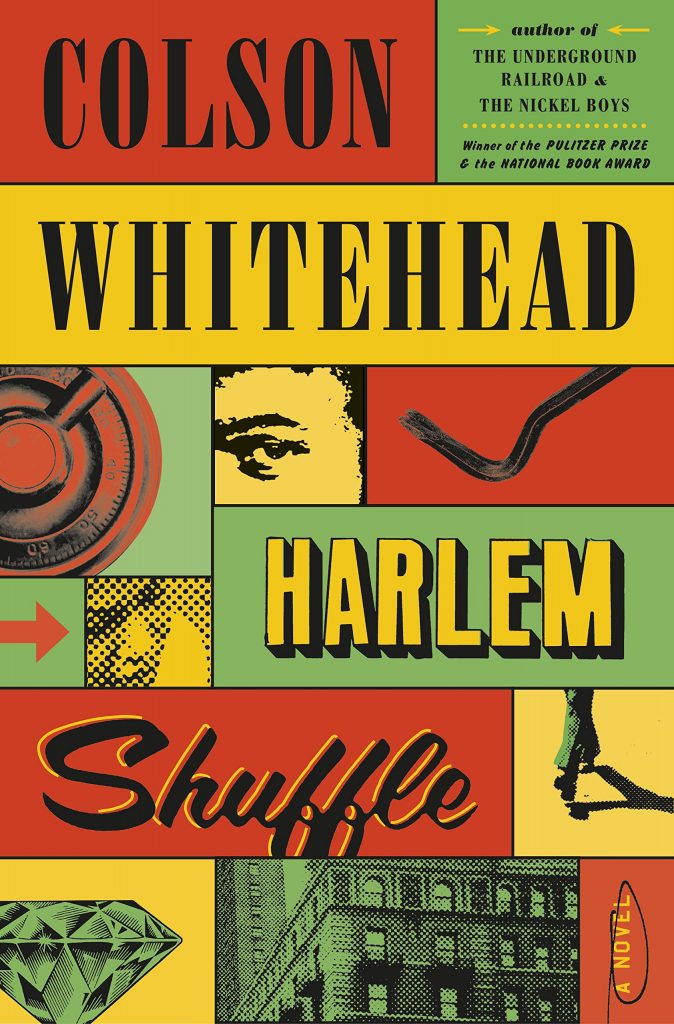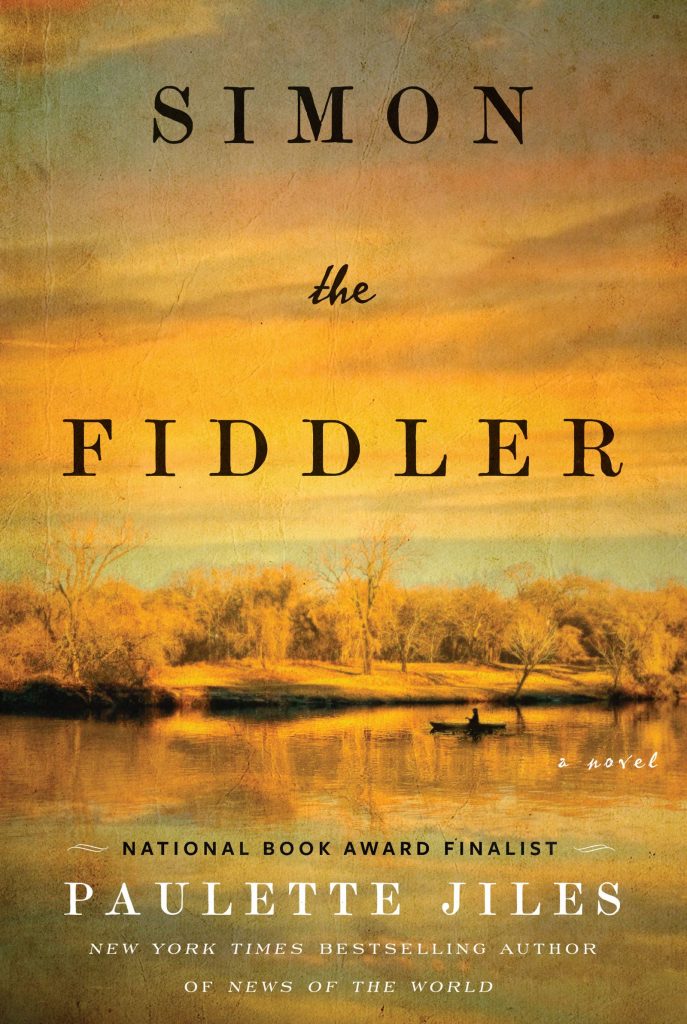
Ike and Buddy Lee couldn’t be more different or more the same. Ike is Black and barely the survivor of deeply embedded southern racism. Buddy Lee, self identifies as a beer-drinking, redneck piece of trailer-trash. Their only sons are married to one another and murdered in cold blood just before the book opens. Now the two ex-cons have to face one another, their long-held homophobia, and a police force unable or indifferent about finding their sons’ killers.
Ike and Buddy Lee take it upon themselves to search for the unrepentant killers and as we tag along the two old man, tired, but still tough and wily, get to know one another. They also get to know themselves. Violence bubbles up around the pair like a slashed artery but is diluted with insightful compassion for two men coming to terms with their failures as fathers. Together, they prove that you are never too old to try again, to make amends, to apologize to those who have been wronged, and to accede to the power of love. Even as bodies drop like flies caught behind glass, Ike and Buddy Lee discover who killed their sons, but more importantly grasp that judging a human takes more than a glance at skin color, class, sexual orientation, or gender. Goodness, like evil, can be found in surprising places.




 This is the final installment of the biography of Congressman John Lewis’s youthful campaign for civil rights for America’s black population.
This is the final installment of the biography of Congressman John Lewis’s youthful campaign for civil rights for America’s black population.  At the end of the nineteenth century, because no one had ever been there, the virtual consensus among geographers was that the North Pole resided in a warm, open sea. One needed only to sail a ship through the ice surrounding it to reach the open ocean. In 1879, Captain George DeLong and a crew of 30-plus sailors set off for the North Pole. At end of the their first year, their ship, having failed to find open water, was instead frozen in place, where they remained out of communication with the rest of the world for three years. Half of their time was in near total darkness and nearly all of their days and nights were below freezing. Finally, sheets of ice crushed and sank the U.S.S. Jeannette. The crew walked and sailed for hundreds of days across ice floes and freezing oceans with hopes of reaching the coldest landmass on earth, the north coast of Siberia. The test of human physical and psychological endurance is simultaneously contemporary and otherworldly. The relationship of European and American men to the environment, native people of the Arctic, to women, and stoicism is history not to be overlooked.
At the end of the nineteenth century, because no one had ever been there, the virtual consensus among geographers was that the North Pole resided in a warm, open sea. One needed only to sail a ship through the ice surrounding it to reach the open ocean. In 1879, Captain George DeLong and a crew of 30-plus sailors set off for the North Pole. At end of the their first year, their ship, having failed to find open water, was instead frozen in place, where they remained out of communication with the rest of the world for three years. Half of their time was in near total darkness and nearly all of their days and nights were below freezing. Finally, sheets of ice crushed and sank the U.S.S. Jeannette. The crew walked and sailed for hundreds of days across ice floes and freezing oceans with hopes of reaching the coldest landmass on earth, the north coast of Siberia. The test of human physical and psychological endurance is simultaneously contemporary and otherworldly. The relationship of European and American men to the environment, native people of the Arctic, to women, and stoicism is history not to be overlooked.

